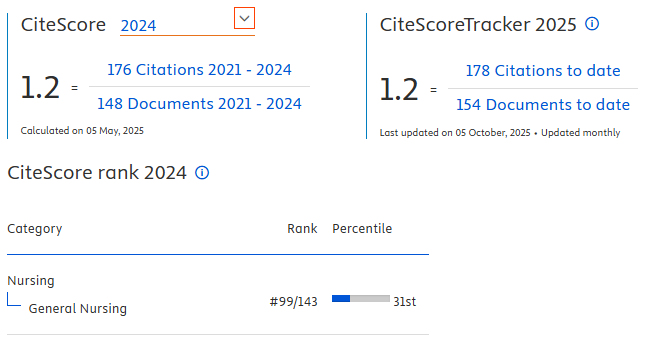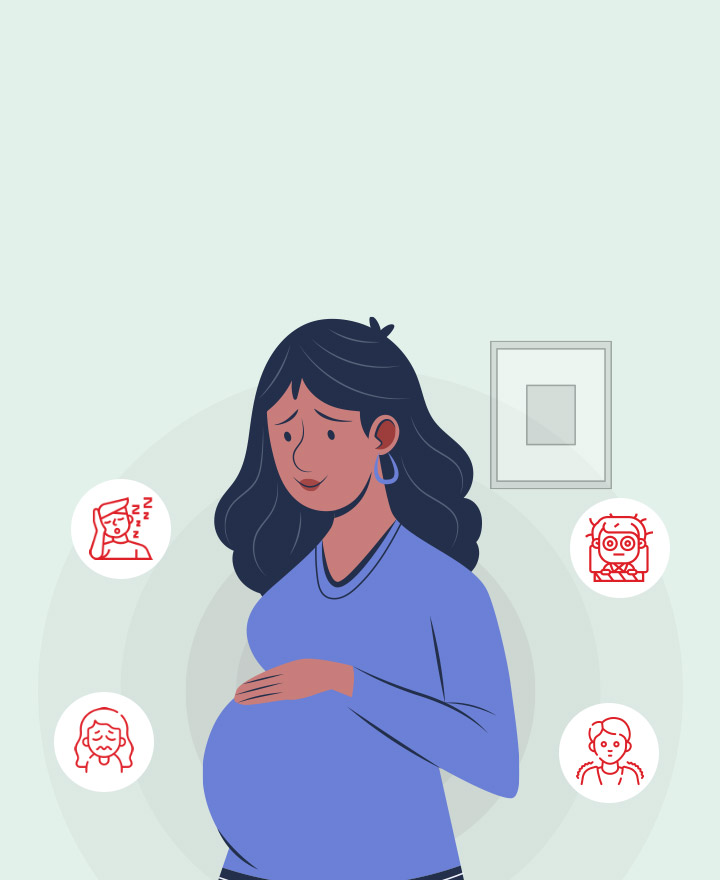Differences in Clinical Simulation with Audiovisual and Practicum-based Standard Operating Procedures in Nursing Student Competencies
Downloads
Introduction: The biggest challenge in nursing education is to produce nurses who are professional and competent. Effective and efficient learning through appropriate methods and media is very important. Practical learning based on standard operating procedures (SOP) has been widely applied, but clinical simulation approaches with audio-visual media have not been scientifically proven. The purpose of this study is to compare student competencies through clinical simulation learning with audio-visual media and practicums based on SOP.
Methods: This was a quasi-experimental study with a pretest-posttest control group design. The sample consisted of 40 students recruited using simple random sampling and then divided into 2 groups: 20 respondents were given clinical simulation methods using audio-visual materials and 20 respondents were given practicum based on SOP. The independent variables were clinical simulation with audio-visual media and practicum based on standard operating procedures. The dependent variable was student competency, assessed using competency assessment including cognitive, affective, and psychomotor methods. Data analysis was conducted using the Wilcoxon test.
Results: The use of clinical simulations with audio-visual media and practicum based on SOP can increase the value of competency in nursing students, but the median value on the use of clinical simulations using audio-visual sources is higher than practicum based on SOP.
Conclusion: Clinical simulations with audio-visual media can be recommended as effective learning methods and media for nursing students.Armstrong, A. W., Alikhan, A., Cheng, L. S., Schupp, C., Kurlinkus, C., & Eisen, D. B. (2010). Portable video media for presenting informed consent and wound care instructions for skin biopsies: A randomized controlled trial. British Journal of Dermatology, 163(5), 1014–1019. https://doi.org/10.1111/j.1365-2133.2010.10067.x
Blake, T. (2014). Teaching musculoskeletal examination skills to UK medical students: A comparative survey of Rheumatology and Orthopaedic education practice. BMC Medical Education, 14(1). https://doi.org/10.1186/1472-6920-14-62
Bloch, S. A., & Bloch, A. J. (2013). Using video discharge instructions as an adjunct to standard written instructions improved caregivers' understanding of their child's emergency department visit, plan, and follow-up: A randomized controlled trial. Pediatric Emergency Care, 29(6), 699–704. https://doi.org/10.1097/PEC.0b013e3182955480
Castro-Sánchez, A. M., Encarnación, M., Aguilar-Ferrándiz, M. E., Matarán-Peñarrocha, G. A. G., Iglesias-Alonso, A. A., Fernández-Fernández, M. J. M., & Moreno-Lorenzo, C. C. (2012). Problem based learning approaches to the technology education of physical therapy students. Medical Teacher, 34(1). https://doi.org/10.3109/0142159X.2012.638011
Dalton, L., Head, A., & Levett-Jones Rn, T. (2015). Using clinical reasoning and simulation-based education to "flip” the Enrolled Nurse curriculum AUTHORS. In AUSTRALIAN JOURNAL OF ADVANCED NURSING (Vol. 33).
Larew C, Lessans S, Spunt D, Foster D, C. B. (2006). Innovations in clinical simulation: Application of Benner's theory in an interactive patient care simulation. Nursing Educatiin Perspectives, 27(1), 16–21. Retrieved from https://www.ncbi.nlm.nih.gov/pubmed/16613127
Levett-Jones, T., & Lapkin, S. (2014). A systematic review of the effectiveness of simulation debriefing in health professional education. Nurse Education Today, Vol. 34. https://doi.org/10.1016/j.nedt.2013.09.020
Lin, L. P., Khaira, N., & Khairuzzaman, W. (2014). A Brief Review on Multimedia-Based Health Education Applications: Current Trend and Future Potential. Education in Medicine Journal, 6(4). https://doi.org/10.5959/eimj.v6i4.310
Lippe, M. P., & Becker, H. (2015). Improving attitudes and perceived competence in caring for dying patients: An end-of-life simulation. Nursing Education Perspectives, 36(6), 372–378. https://doi.org/10.5480/14-1540
Maulana. (2009). Promosi Kesehatan. Jakarta: EGC.
McGaghie, W. C., Issenberg, S. B., Cohen, E. R., Barsuk, J. H., & Wayne, D. B. (2011). Does simulation-based medical education with deliberate practice yield better results than traditional clinical education? A meta-analytic comparative review of the evidence. Academic Medicine, 86(6), 706–711. https://doi.org/10.1097/ACM.0b013e318217e119
Przybyl, H., Androwich, I., & Evans, J. (2015). Using High-Fidelity Simulation to Assess Knowledge, Skills, and Attitudes in Nurses Performing CRRT. Nephrology Nursing Journal : Journal of the American Nephrology Nurses' Association, 42(2), 135–147; quiz 148. Retrieved from http://www.ncbi.nlm.nih.gov/pubmed/26207275
Woodworth, G. E., Chen, E. M., Horn, J. L. E., & Aziz, M. F. (2014). Efficacy of computer-based video and simulation in ultrasound-guided regional anesthesia training. Journal of Clinical Anesthesia, 26(3), 212–221. https://doi.org/10.1016/j.jclinane.2013.10.013
Authors who publish with Jurnal Ners agree to the following terms:
- Authors transfer the Copyright and grant Jurnal Ners the right of first publication with the work simultaneously licensed under a Creative Commons Attribution 4.0 International License that allows others to remix, adapt and build upon the work with an acknowledgment of the work's authorship and of the initial publication in Jurnal Ners.
- Authors are permitted to copy and redistribute the journal's published version of the work (e.g., post it to an institutional repository or publish it in a book), with an acknowledgment of its initial publication in Jurnal Ners.
Jurnal Ners requires a formal written declaration and transfer of copyright from the author(s) for each article published. We, therefore, ask you to complete and return this form, retaining a copy for your own records. Your cooperation is essential and appreciated. Any delay will result in a delay in publication. The form can be downloaded HERE.
































